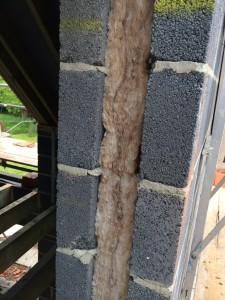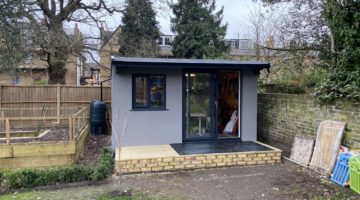
If you read our blog the other week, you will be aware that there are three different modes of heat transfer – convection, conduction and radiation – if you missed it, you can read it here!
Both convection and conduction need air molecules to operate – for example with convection, the heat is transferred from one place to another by the movement of air molecules. In conduction, heat flows from one molecule to the next. In both cases, if there are no air molecules doing their business, heat transfer pretty much stops.
Radiation (like the heat produced from our Infrared heating panels) doesn’t require air, and is the reason that heat travels from the sun all the way to planet earth and keeps us warm, even though there is pretty much a vacuum between us.
So why is all this relevant? Time to roll out the red carpet for our newest VIP!
Welcome to the VIP (Vacuum Insulation Panels)
VIP in this case stands for Vacuum Insulation Panel, and these are just about the best thing going to combat heat loss.
Imagine a box with air in it – if you warmed one side of the box, the air inside would get warm, and eventually it would carry this heat through to the other side by either convection or conduction.
If you (theoretically) removed all the air, then the box would house a vacuum – and this would stop all convection and conduction occurring. This would be known as a hard vacuum – unfortunately it is bloody difficult to create a vacuum with zero air molecules. The problem is that the box would collapse on itself.
Think about a Thermos flask that is used to keep your coffee warm throughout the day. This takes advantage of a hard vacuum – but the only reason it can do this is because of its cylindrical shape – try and achieve this with a square Thermos flask and you are going to run into serious problems.
Vacuum insulation panels tend to be very strong, but the vacuum within is not nearly as strong as within a Thermos. This means that although some convection and conduction can take place, the amount that takes place is actually very little.
So at this point you might be wondering why I have ignored radiation? Well radiation is obviously a problem, but even having a VIP with a perfect vacuum wouldn’t prevent it. Instead, the inside of the panel needs to be comprised of a low emissivity surface – i.e. one that does not radiate heat. This is the only way of minimising heat being lost by radiation.
Why are vacuum insulation panels important?
Vacuum insulation panels have been around for a while, but will be absolutely key in the future to ensure buildings conserve as much energy as possible.

In terms of space saving, this could make fantastic differences – but better still, if we insulated our homes with 100mm of VIP, the energy savings would be huge – no longer would we be paying £1,000s every year to heat the home.
Why aren’t vacuum insulation panels commonly used?
There is one reason for this – price. The materials, due to the complex manufacturing process means that they are unaffordable for the majority of us – however if you do happen to win the lottery then why not go for them!













No Comments yet! Be the first one.